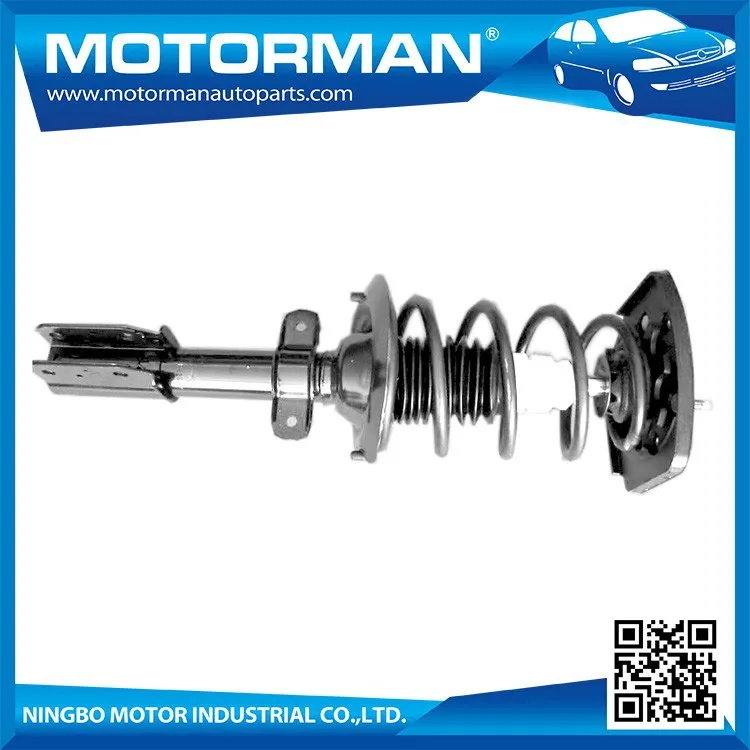
Astra Testirovanie Nok Otveti
German market 2015 model. Overview Manufacturer () Also called (for Australia and New Zealand) (for United Kingdom) Saturn Astra (for United States and Canada) Production 1991–present Body and chassis / () Chronology Predecessor The Opel Astra (: Stars) is a / ( in ) engineered and manufactured by the German since 1991.

It is branded as the in the United Kingdom and the in China. The was discontinued in Australia and New Zealand in 2009, because exchange rates made the car uncompetitive, and was replaced by the. It briefly returned to the Australian market in 2012, for the first time badged as an Opel, but was discontinued after Opel withdrew from the country a year later. On 1 May 2014, Opel announced that the Astra GTC and Astra VXR (Astra OPC) would return to Australia and New Zealand in 2015, again bearing the badge. Contents • • • • • • • • • • • • • • • • • • • • • • • • • • • • • • • • • • • • • • Naming convention [ ] The Astra nameplate originates from, which had manufactured and marketed earlier generations of the (the Kadett D (1979–1984) and Kadett E (1984–1991)) as the Vauxhall Astra. Subsequent policy standardised model nomenclature in the early 1990s, whereby model names were the same in all markets regardless of the marque they were sold under.
1.0 2018-06-28.
As of 2019, there have been five generations of the Astra. In a fashion typical for Opel they are designated with subsequent letters of the.
Opel's official convention is that the Astra is a logical continuation of the Kadett lineage, thus, the first generation of Opel Astra as the Astra F (the last was the Kadett E). The usual convention would have started with Astra A, if the Astra had been considered a separate model. Models sold as Vauxhall,, or have different generation designations reflecting the history of those nameplates in their home markets and their naming conventions. Astra F (1991–1998) [ ] Astra F Overview Also called. • 1.4 L • 1.6 L I4 • 1.8 L I4 • 2.0 L I4 • 2.0 L I4 ( ZA) • 1.7 L I4 • 1.7 L I4 5-speed 6-speed manual 4-speed Dimensions 2,517 mm (99.1 in) Length Hatch: 4,050 mm (159.4 in) Sedan: 4,239 mm (166.9 in) Wagon: 4,278 mm (168.4 in) Convertible: 4,239 mm (166.9 in) Width 1,696 mm (66.8 in) Height 1,410 mm (55.5 in) The Opel Astra F debuted in September 1991. With the Kadett E's successor, Opel adopted the Astra nameplate, which was already used by Vauxhall for the Kadett D and E (see ).
Raymond carver they re not your husband pdf free. It was offered as a three- or five-door, a (sedan), and an (wagon) known as the Caravan and available with five doors only, bringing Opel's run of three-door wagons to an end at long last. A was also offered, designed and built by in Italy. While the Astra F finished production in Germany in 1998, Polish-built Astras remained on offer in Central and Eastern Europe, as well as Turkey, with the name Astra Classic from 1998 to 2002. The Opel Astra F consisted of two main revisions and was revised in 1995, with the launch of Opel's new engine. Aside from the South Africa-only 200t S, the lead model was the GSi – a 2.0 L 16V petrol injected model with 151 hp (110 kW), available as a three-door only.
It also featured sports bodykit and widened front seats in the interior. However, this was substituted in 1995 and was renamed as SPORT, although only a limited number were produced and the bodykit was removed also and it could be selected with the lower-powered, but more modern ' version, the (136 hp, 100 kW) parallel with the. In Europe from 1994 all Astra models were offered with the 2.0 L 16V parallel with the 2.0 L 8V () engine, but the three-door and station wagon models could be selected with the 151 hp (110 kW) engine. Some Astra models had a 1.6 L engine with 83 hp.